Hypothermia is a potentially life-threatening condition caused by prolonged exposure to cold temperatures. It results in the body’s core temperature dropping below safe levels, leading to a range of symptoms and complications. The key to surviving hypothermia is prevention, so it is important to know how to recognize the signs, plan ahead, and take measures to protect against the cold. This article will provide an overview of hypothermia, its signs and symptoms, and tips on how to prevent and survive it in challenging conditions.
What causes Hypothermia?
Hypothermia most often occurs when a person is exposed to low temperatures for long periods of time, such as when they are stuck outdoors or when they are in water. It is also possible to develop hypothermia indoors if the air temperature is too cold or if the person experiences excessive exposure to cold surfaces, such as tiles or concrete floors.
The normal body temperature of humans is 98.6°F (37°C). However, this can vary slightly depending on the individual’s activity level, age, and even time of day. For example, an adult’s temperature can range from 97.5 to 99.5°F ( 36.4 to 37.5 °C). Hypothermia occurs when the body’s core temperature drops below 95°F (35°C). This means that we only have a margin of 2 to 3 degrees before we get into the risk zone for hypothermia.
Signs and Symptoms of Hypothermia
Signs and symptoms of hypothermia include
- shivering,
- feeling very cold,
- difficulty speaking,
- confusion or difficulty thinking clearly,
- feeling weak and tired,
- slurred speech and
- shallow breathing.
As the body temperature gets lower, a person may experience drowsiness or exhaustion, clumsiness or lack of coordination; in extreme cases even coma or death may occur if left untreated for too long.
It is important to pay attention to any changes in behavior that can indicate a decrease in body temperature. Physical signs also include skin that is cold to the touch as well as pale in color, blue lips and fingernails, decreased heart rate and blood pressure.
If these symptoms are spotted early enough they can be treated before they worsen.
How to prevent hypothermia?
Prevention is always better than cure. If you can keep your body warm enough, you can avoid hypothermia and the potential complications that come with it. To avoid hypothermia, it is important to dress appropriately and be aware of your surroundings. When outside in cold weather, wear multiple layers of warm clothing such as a hat, scarf, gloves and thick socks. Keep moving and stay active to help maintain your body temperature. Make sure your home is adequately heated by making any necessary repairs or checking for drafts. Be aware of any changes in temperature inside or outdoors that may cause the body to lose heat more quickly than normal. When engaging in activities such as swimming in cold waters, have a plan ahead of time for what you should do if you become too cold and feel symptoms of hypothermia coming on.
Finally, make sure to check on elderly family members and friends often during colder months and take extra caution when venturing into colder temperatures.
How to treat hypothermia?
Treatment for hypothermia depends on the severity of the condition. If someone is showing signs and symptoms of hypothermia they should be taken inside immediately (if possible) or move them somewhere warm if they cannot be taken indoors right away.
It is important to remove any wet clothes they may be wearing and take steps to slowly raise their body temperature until medical help arrives.
Wrapping them in blankets will help retain heat, however it is important to not overheat the individual as this can also be dangerous.
Give them sips of warm sweet drinks (but don’t let them gulp it down) to help re-warm their body from within. In addition, using chemical warming blankets (as directed by a physician) can also help increase their internal body temperature quickly and effectively.
If necessary seek immediate medical attention for more serious cases of hypothermia as this condition can cause further complications such as organ failure or death if left untreated.
Is it possible to have hypothermia and not be aware of it?
Yes, it is possible to have hypothermia and not be aware of it. In these cases, an individual may feel cold or sluggish but the symptoms may not be severe enough for them to notice that something is wrong. It is important for family members and caretakers of people who are at risk of hypothermia (such as elderly individuals) to monitor their body temperature and ensure they remain warm during cold weather. Symptoms such as confusion, sleepiness and shallow breathing should be taken seriously and medical assistance should be sought immediately if any of these occur.
Elderly individuals are at a higher risk of experiencing hypothermia as their bodies are less able to protect themselves against extreme temperatures. Elderly individuals tend to feel colder earlier than younger counterparts and may not be aware that they need to get out of the cold or put on warmer clothing. They are also at a higher risk of pneumonia as a complication of hypothermia, which makes it even more important to protect them.
In addition, conditions like arthritis which can be common among elderly populations make it difficult for them to move quickly and make necessary adjustments accordingly. It is important for family members or caregivers of elderly people to make sure that they stay warm during cold weather. Additionally, physical activity can help keep body temperature up and boost an elderly person’s circulation even in cold temperatures.




